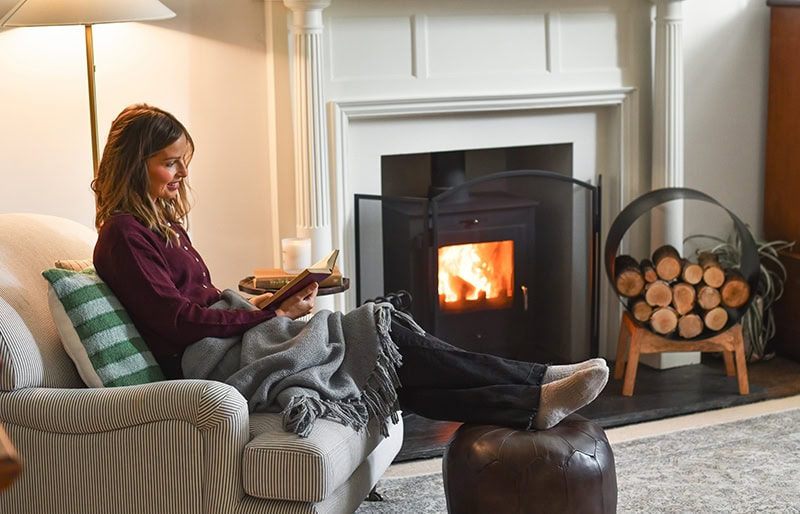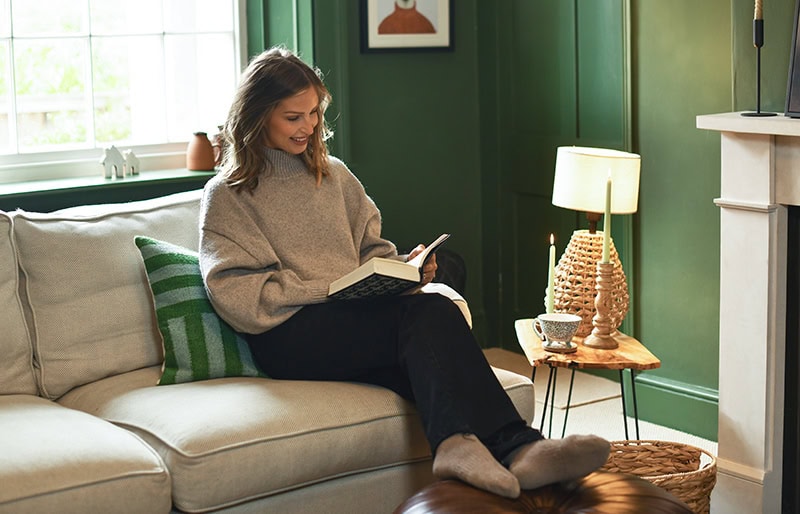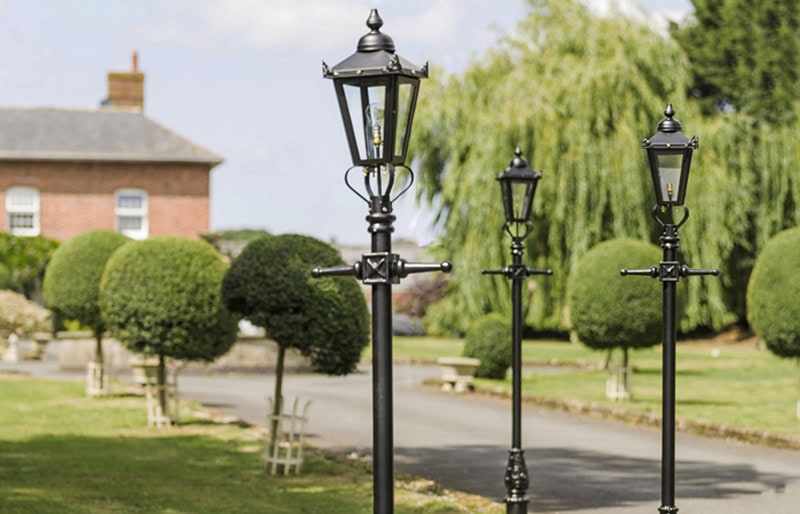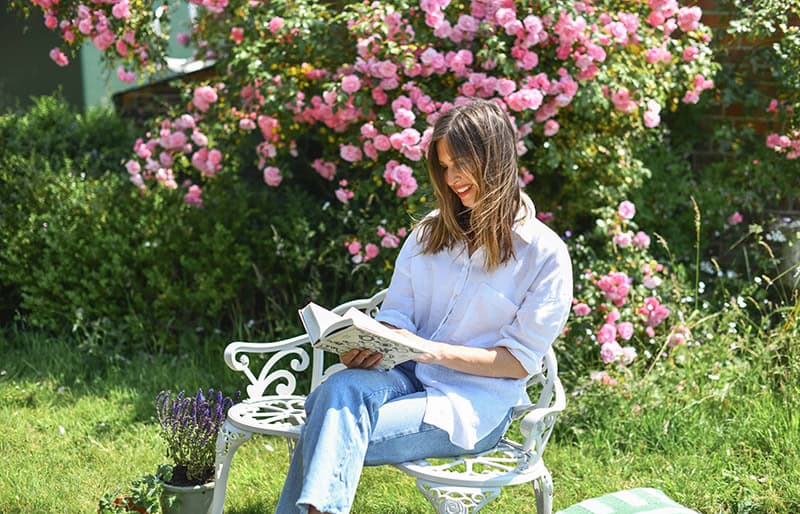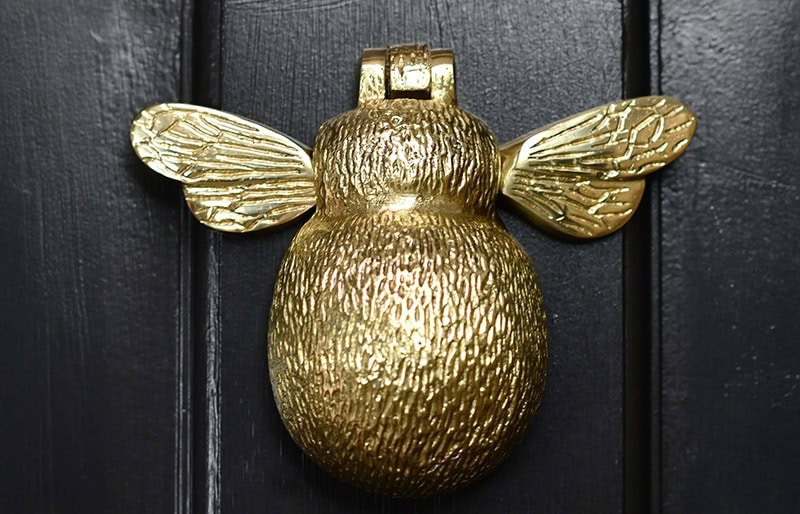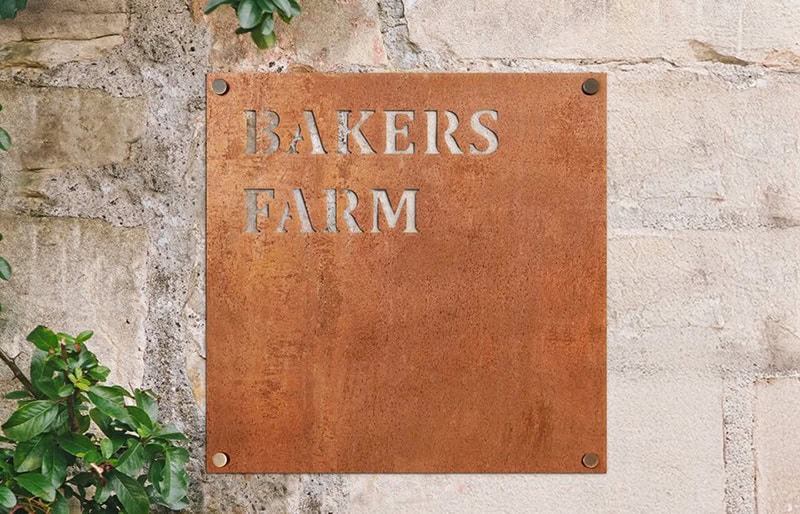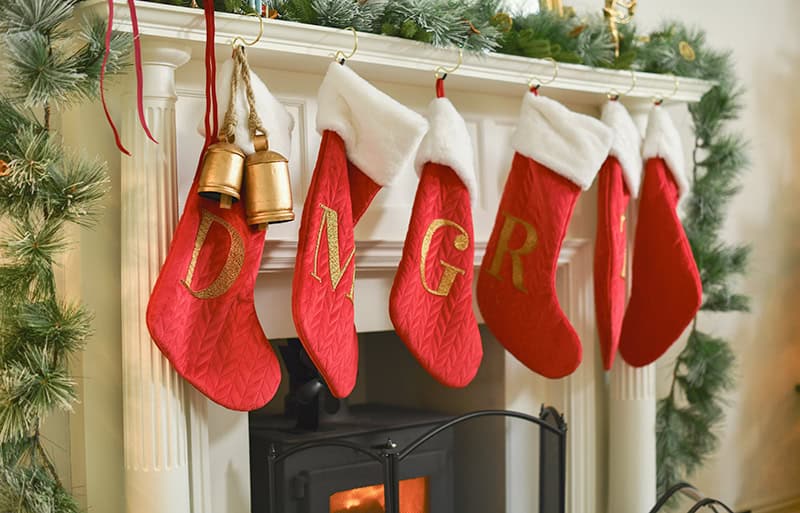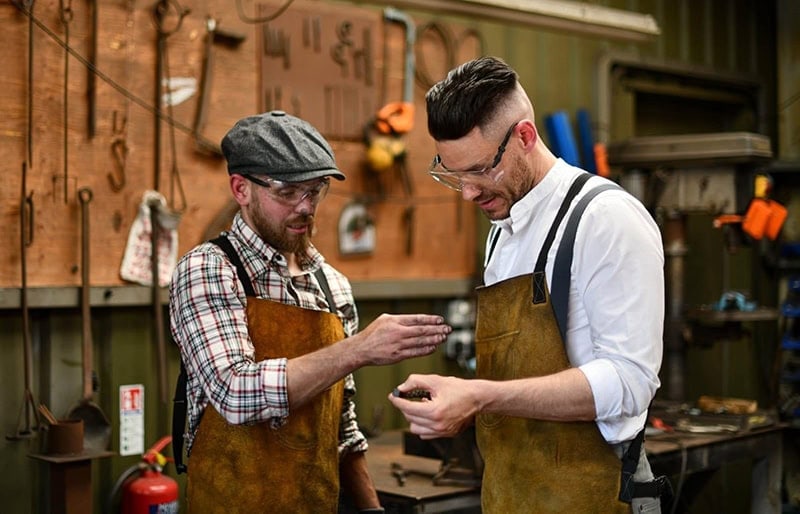Great British Post Boxes
Along with the red double-decker London bus, Big Ben and the Union Jack, red post boxes are an icon of the United Kingdom and known throughout the world.
Since their advent in 1852, the post box has become an essential part of everyday communication for individuals and businesses. There are now 115,500 Royal Mail post boxes across the UK, each within half a mile of the UK population.
As well as being vital for communication, some post boxes form an important part of UK history. Those that are rare or have special links to the development of the postal system now have special protection.
Quick Post Box Facts:
- The first UK post box was erected on the Channel island of Jersey in 1852
- Holwell in Dorset is home to the oldest UK post box still in use dating back to 1853
- The Letter Box Study Group has identified around 800 different types of UK post box
- Over 60% of current British post boxes carry the EIIR insignia of Queen Elizabeth II or a Scottish crown
- 15% of UK post boxes date from the reign of George V
- There are over 85,000 post boxes in England and around 115,500 across the whole of the UK
- Around 200 boxes are currently listed in England. Many more post boxes are included in a conservation area or on a ‘Local List’
- Royal Mail post boxes can also be found in Commonwealth countries and British territories such as Hong Kong, Gibraltar and Australia

Image courtesy of The Postal Museum
A Brief History of UK Post Boxes
What did we do before post boxes? Well, if you wanted to send a letter, you’d have to take it to the nearest post office or receiving office e.g. a coaching inn. The nearest receiving office might have been miles away for starters, and the cost of sending your letter had to be calculated by how far it was going and the number of pages. So sending mail prior to 1840 was not convenient or straightforward.
The introduction of the first pre-paid adhesive stamp (the famous Penny Black) after the 1840 postal reform paved the way for the postal boxes we know and love today.
Collection boxes, usually cast iron pillar boxes, were already in use in France. But it was the novelist, Anthony Trollope – also a post office official – who thought a continental-style system of roadside collection boxes could work in the UK too.
The UK's first free-standing red pillar box was erected on the channel island of Jersey in 1852. The following year a red pillar box went up in Carlisle and pillar boxes followed in London and other parts of the country.
By the end of the 1800s, there were 33,500 post boxes in the UK as well as more scattered throughout the British Empire.
Post Box Designs
The first post boxes were hexagonal. It took a number of years for the Royal Mail to perfect post box design. Some of the first post boxes allowed rainwater to get in and soak the mail inside. Other designs were considered ugly by the public. There were lots of different designs until the first standardised designs in 1857 and 1859.
Post Box Design Timeline
- 1852: first UK post box appears on the Channel Island of Jersey
- 1853: first UK mainland post box erected in Carlisle, Cumbria
- 1857: standard post box commissioned by the House of Lords Committee. Wall mounted post boxes introduced
- 1859: First National Standard green post boxes come into use
- 1866: J W Penfold designs his famous Penfold Box
- 1874: red replaces green as the standard colour for post boxes
- 1879: cylinder-shaped post boxes start appearing
- 1896: first lamp post collection boxes
- 1930: blue post boxes introduced for airmail letters

Image courtesy of Royal Mail
Penfold’s Box
The Penfold is probably the most famous of all UK post boxes. Introduced in 1866, the green Penfold became a national standard. Its hexagonal design, decorated with golden acanthus leaves and balls, married the elaborate decoration of previous post boxes with practical features.
In 1874, the colour of UK post boxes changed from green to red to make them more noticeable and easier to find. The Penfold was the first design to be manufactured in the new red colour. Although the original Penfold boxes were expensive to make. So after 13 years, a less costly and elaborate design of Penfold box became standard.
John Penfold is the only post box designer to have his post box named after him. His post box is the only design the Royal Mail have replicated, first in 1988 to install in a heritage area of Windsor. A second was placed outside Penfold’s former home in Haslemere, Surrey in 1990.
ER and GR Letters on Post Boxes
What is common in all post box designs is the royal cypher. You’ll see it on every UK post box, most commonly ER for post boxes created in the reign of Queen Elizabeth II or GR for those dating back to the reign of King George VI (1936 – 1952). The cypher contains two initials: the first letter of the monarch’s first name and the letter ‘R’, which stands for rex – the Latin word for king.
Here are the royal cyphers from the first post boxes in the Victorian era to the modern day:
- VR: Victoria (1837 - 1901)
- EVIIR: Edward 7th (1901 - 1910)
- GVR: George 5th (1910 - 1936)
- EVIIIR: Edward 8th (1936)
- GVIR: George 6th (1936 - 1952)
- EIIR: Elizabeth 2nd (1952 onwards)
So next time you're out and about, keep your eyes peeled for a rare postbox!
Want to own your own mail box inspired by history? Check out our range of vintage and traditional post boxes

